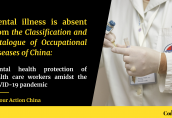More than 3,000, on average, were hurt at work everyday. But it is sure that more victims have not been counted in. The difficulties are not limited to the legal practices to defend their rights, but also physical pain as well as mental sufferings and loneliness. Although the study cannot bring us a comprehensive picture about the mental status of occupational injury victims, the data collected can serve as a reference for understanding the mental status of occupational injury victims.
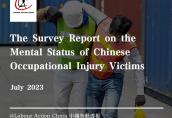
"She hoped that through (the investigation of) the government department, (her mental impairment) would be adjudged as a work-related injury. It pointed out the fact that mental disorders caused by bullying at work, not just physical injuries, were also occupational injuries."
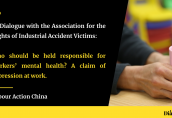
Mental distress at work is popular among the workers who work in very labouring works, such as miners, but also among professionals and administrators. Mental distress at work has become a common occupational disease in our modern society.
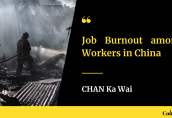
The outdated Ordinance has failed to keep up with the changes, as evidenced by the fact that workplace-induced mental illnesses still have no place in both the First Schedule (Types of Injuries) and the Second Schedule (Occupational Diseases) to the Ordinance, despite their common occurrence at the workplace.

Mental health at work is no longer a worker’s personal psychological issue, nor a matter of social support, but rather an occupational hazard, a matter of labour rights.
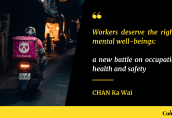
Without a legal occupational health safety framework that takes into account the mental health of employees, workers hardly have any legal redress should any psychological harm emerges in the workplace.
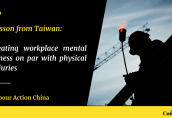
Health care workers need no accolades for doing their duty; what they truly need is the protection and care they deserve when mental or psychological harm comes their way.
